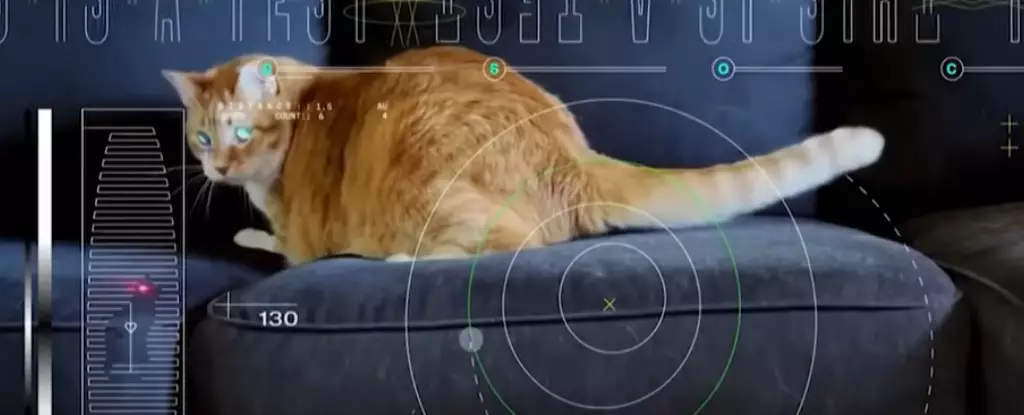As humanity pushes the boundaries of space exploration, communication technologies must evolve to meet the demands of increasingly ambitious missions. NASA’s Psyche mission, aimed at studying an unusual metal-rich asteroid located in the asteroid belt, presents a significant leap in deep-space communication methods. Instead of relying solely on traditional radio frequencies, Psyche utilizes advanced optical communication technology—specifically, laser-based systems. This approach not only enhances the quality of data transmission but also brings us closer to achieving reliable communication with distant celestial bodies.
At the heart of the Psyche mission’s communication system lies a sophisticated laser transceiver that operates using infrared light, allowing the spacecraft to send and receive data at much higher rates than conventional methods. Traditional radio communication, while effective, often suffers from data rate limitations, especially over vast distances. In contrast, Psyche’s optical system achieved impressive data transmission rates of 267 megabits per second while close to Mars, equivalent to a standard broadband connection on Earth.
This significant advancement can be attributed to the choice of infrared frequencies. The mission planners at NASA’s Jet Propulsion Laboratory opted for this technology not just for its speed, but for its capability to carry more information than the radio frequencies typically employed in deep-space communications. The implications of higher data rates are profound; they not only enable richer data sets and faster communication but also change the way scientists can plan for future exploratory missions.
Throughout the Psyche mission, distance has posed unique challenges. As Psyche ventured farther from Earth—reaching distances of up to 390 million kilometers—the data transmission rates experienced inevitable reductions. The most recent tests maintained a download speed of 6.25 megabits per second, which, while substantially lower than the peak performance, still outpaced conventional radio systems. Such data rates are indicative of the inverse relationship between distance and data transmission efficiency. As separation increases, the communication becomes more complex, necessitating a robust system capable of adjusting to these variations.
It is essential to recognize that ensuring consistent communication over astronomical distances is no simple feat. Atmospheric interferences, equipment malfunctions, and the intrinsic physics of light transmission can all contribute to potential disparities in data flow. Despite these concerns, NASA’s ongoing research into optical communication aims to address and mitigate these challenges, positioning the agency at the forefront of innovation in this field.
In a delightful twist that showcases both the technical feasibility and the lighter side of space exploration, NASA transmitted an ultra-high-definition video featuring a cat named Taters enthusiastically chasing a laser pointer. This playful demonstration served as a proof of concept, effectively illustrating the capabilities of the high-speed communication link established with Psyche. In an age where internet cats reign supreme, it’s heartening to see that even in the pursuit of scientific advancement, a semblance of joy and connectivity remains.
As the first phase of the communication experiment draws to a close, the focus now shifts to the next stage scheduled to begin in November. This involves reactivating the laser transceiver to test its operational durability over an extended period. Eventually, the full operational mode of this advanced system is projected for completion by 2024, ahead of Psyche’s anticipated arrival at its destination—an asteroid composed of largely metallic elements—in 2029.
This future testing phase underscores an important aspect of space missions: the necessity for redundancy. Psyche is equipped with a backup radio frequency system, helping to ensure a reliable means of communication in case the primary optical system encounters issues. This layered approach reflects best practices in mission planning.
Conclusively, NASA’s Psyche mission not only symbolizes a groundbreaking venture into the intricacies of space communication but also sets the stage for future exploratory missions beyond our solar system. The evolution of communication technology from mere signals to complex data exchanges marks a pivotal moment that will undoubtedly influence how we explore the mysteries of the cosmos. As we move further into this uncharted territory, the advancements made with Psyche may well serve as a cornerstone for future endeavors in deep space exploration.


Leave a Reply